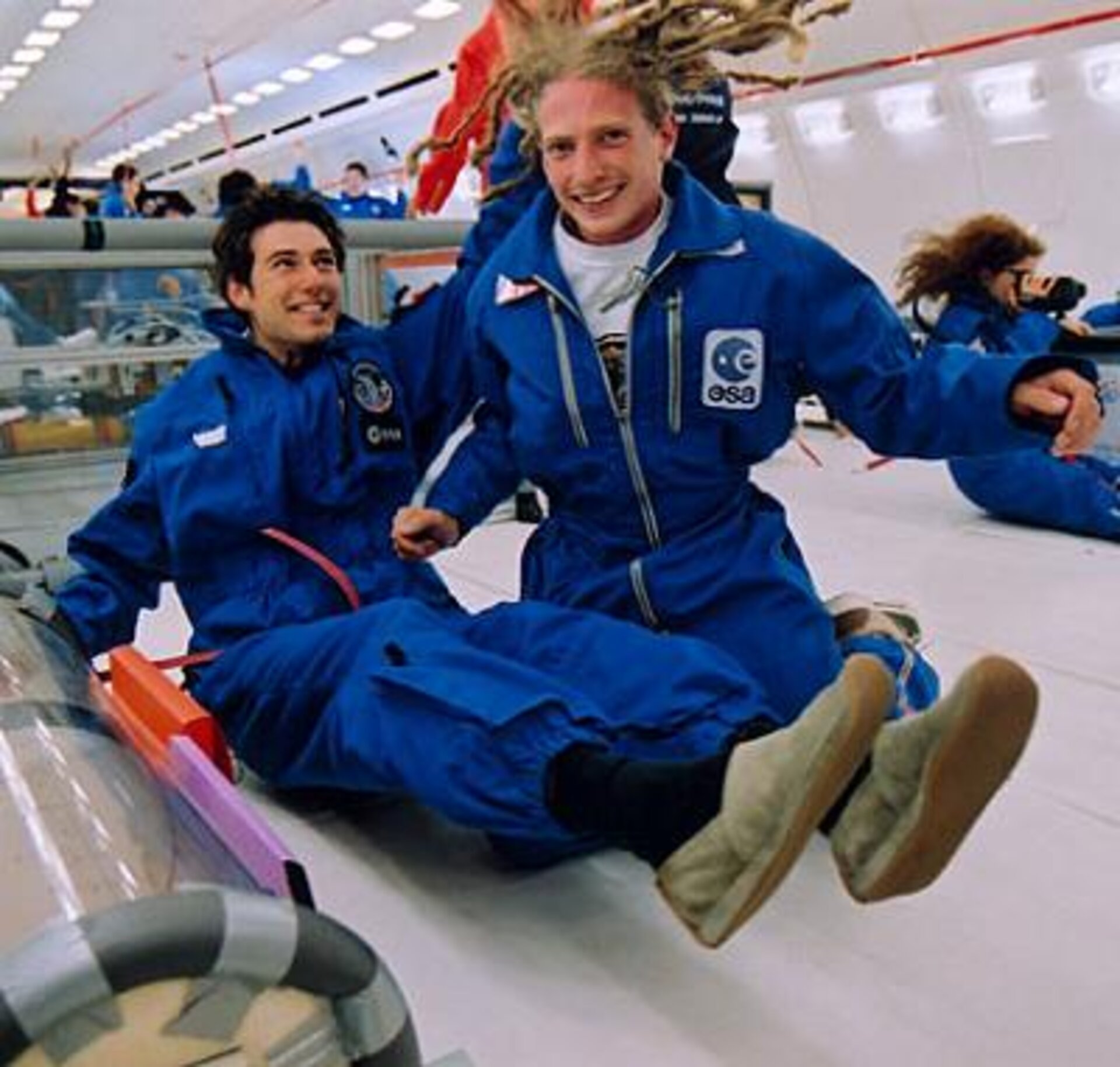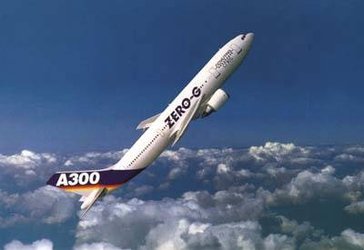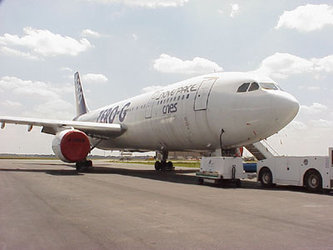4th ESA student parabolic flight campaign
The 4th ESA student parabolic flight campaign took place from 11 to 27 July 2001 in Bordeaux, France. A total of 31 microgravity experiments were flown with 122 students from nine ESA Member States.
All four flights took place as planned despite bad weather in Bordeaux during the first week – however it did mean that the first set of parabolas had to be flown over Corsica in the Mediterranean Sea instead of the usual route over the Atlantic Ocean.
With regards to the experiments, the students certainly did not lack imagination with scientific domains ranging from animal and plant biology, to fundamental physics and robotics.
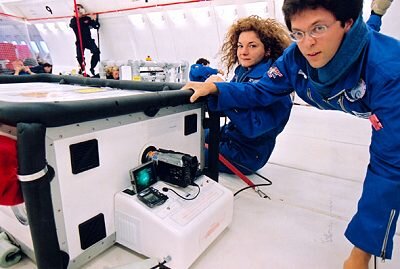
One group from Palermo University, Italy, studied the effect of acoustic stimulation on rats’ head orientation movement in zero gravity. Preliminary analysis showed that the head movements were slower in weightlessness, but perhaps the most surprising result was that the rats did not get at all sick during the flight and instead rather intelligently clung on to the cage floor with their feet to stop themselves floating around!
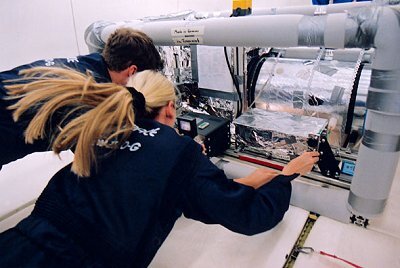
Another group, from Darmstadt University, Germany, observed the reaction of water droplets in an electric field under microgravity conditions, with the aim of finding an optimal design for a shower for the International Space Station (ISS).
They were not the only group to orientate their experiment towards human spaceflight applications – the team from Nottingham University, United Kingdom, investigated the effect of microgravity on liquid droplet size and spread, in order to obtain a better understanding of the spread of disease in space through coughing and sneezing.
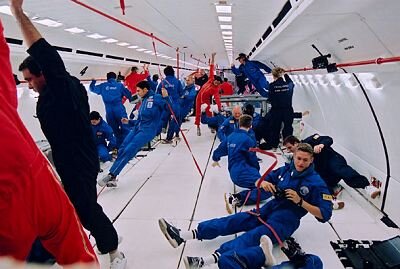
Now it is time for the students to go back to university and analyse all their data – and provide necessary input for our selection of the two best experiments which will then fly again next spring on ESA’s professional parabolic campaign.
For more information on ESA’s annual student parabolic flight campaigns, please visit the Education and Outreach website: http://www.estec.esa.nl/outreach/


